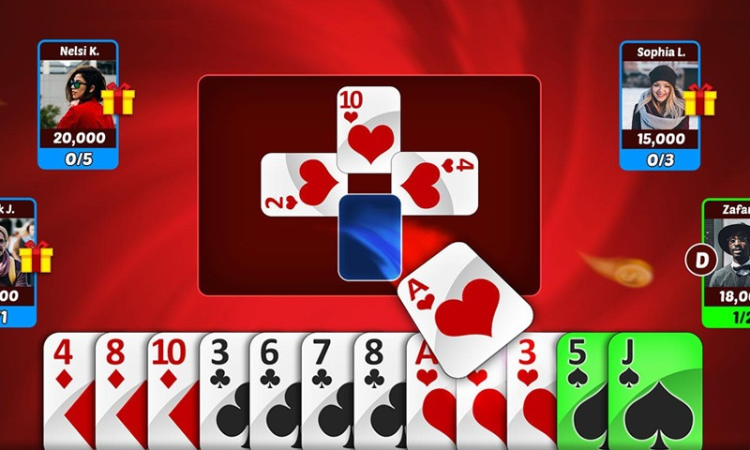Online Gaming Platforms And Intellectual Property
Rodney D. Ryder, Ravi Goyal And M. Sushant Murthy
16 July 2024 3:47 PM

Online Gaming
In today's day and age, online gaming platforms have witnessed increasing popularity. Due to the complex and dynamic nature of such platforms, it becomes necessary to protect the various elements of the platform from those who may attempt to illegally and unauthorisedly replicate or emulate such elements. Seeking legal protection of the platform and all elements therein – particularly through a set of Intellectual Property [IP] registrations, is therefore essential in such cases.
Ideally, the brand name of such platforms as well as all underlying content in the platform should be reviewed and considered for IP protection through a combination of IP registrations such as the ones listed below:
- Trademark Protection
In addition to filing trademark applications for the name and visual identity of a gaming platform, companies can also review and consider applying for registration of any remaining components such as the names of games within the platform, slogans or tag lines associated with the platform or the games therein, game logos, game characters, menu designs, button layouts and so forth.
- Copyright Protection
Additionally, gaming companies could attempt to obtain copyright registration for several elements of their platform including the underlying software of the platform, source codes and object codes of the games available on the platform, user manual[s], game characters, background music and game sounds, and other artistic content associated with the games.
Underlying Software
It is said that the core of the any gaming platform is its underlying software. To protect it effectively, companies may seek to register the source code and software that powers the gaming platform. Computer software can be protected as literary work under the provisions of the Copyright Act, 1957.
Graphic User Interface [GUI]
The Ministry of Electronics and Information Technology [MeitY] has in the recent past backed the protection of GUI via copyrights, stating “GUI is an element of the program through which users can interact with various other features of the computer programme. Copyright protects form of expression and can be used to protect source code and the object code of a computer programme. Furthermore, computer programmes are protected as a literary works by the Indian Copyright Act and hence, the look and feel of Graphical User Interface [GUI] can be protected under the Copyrights.”
Although the current position regarding the protection of GUI in India is uncertain, the individual graphical elements of the gaming platform, including icons, buttons, etc. may be protected via copyright applications.
Artistic Works:
Any original images, illustrations, or graphical assets used within the gaming platform may be copyrighted. This includes:
- Backgrounds and Graphics: Registration of the artistic assets used within games and the platform itself to prevent their unauthorized use/replication.
- Any other miscellaneous artistic assets present within the platform.
Game Rules and Instructions:
The unique game mechanics and style of the gaming platform can also be attempted to be protected in certain cases. For instance, in Anil Gupta v. Kunal Dasgupta 2002 [25] PTC 1 [Del], the Court held that the concept behind 'Swayamvar', a reality TV show developed by the Plaintiff, had been expressed in the form of a concept note with adequate details, and therefore was entitled to protection under the Copyright Act.
- Design Protection
Graphical User Interface [UI]
Companies may consider protecting the visual aesthetics and layout of the user interface of the gaming platform under the Designs Act, 2000. The individual elements of the user interface, such as screen layouts, buttons, and menu designs, may be protected via Design applications, in addition to the overall layout of the user interface.
However, it must be noted that many recent design applications for GUIs do not appear to have been successful with one application being rejected on the grounds that the design was not visible consistently and could only be seen when the device Was switched on. In light of this, before filing a GUI design application, the GUI in question should be carefully reviewed to ascertain whether it could pass muster before the authorities.
- Patent Protection
If the gaming platform includes innovative and non-obvious game mechanics, companies can consider patenting them. A thorough review of the gaming platform's games' mechanics must first be conducted to identify any aspects that may be eligible for patent protection.
Following the 2005 Amendment to the Patents Act, 1970, a computer program's technical application to an industry or a combination with hardware is patentable in India. However, the said computer program must be combined with hardware and have some level of industrial applicability, to be patentable as per the Act. Therefore, pure software-based mechanics may not be granted protection under the current Indian patent framework.
Finally, in addition to the above, companies can also attempt to identify any proprietary technologies or innovations within the gaming platform related to game development or in-app features. Typically, an IP audit should be conducted to identify such additional IP.
Based on the findings of the IP audit, the identified assets can be reviewed and evaluated to ascertain whether they can be protected under the present IP regime.
Authors: Rodney D. Ryder (Founding Partner); Ravi Goyal (Partner) and M. Sushant Murthy, (Associate) at Scriboard. Views are personal.
